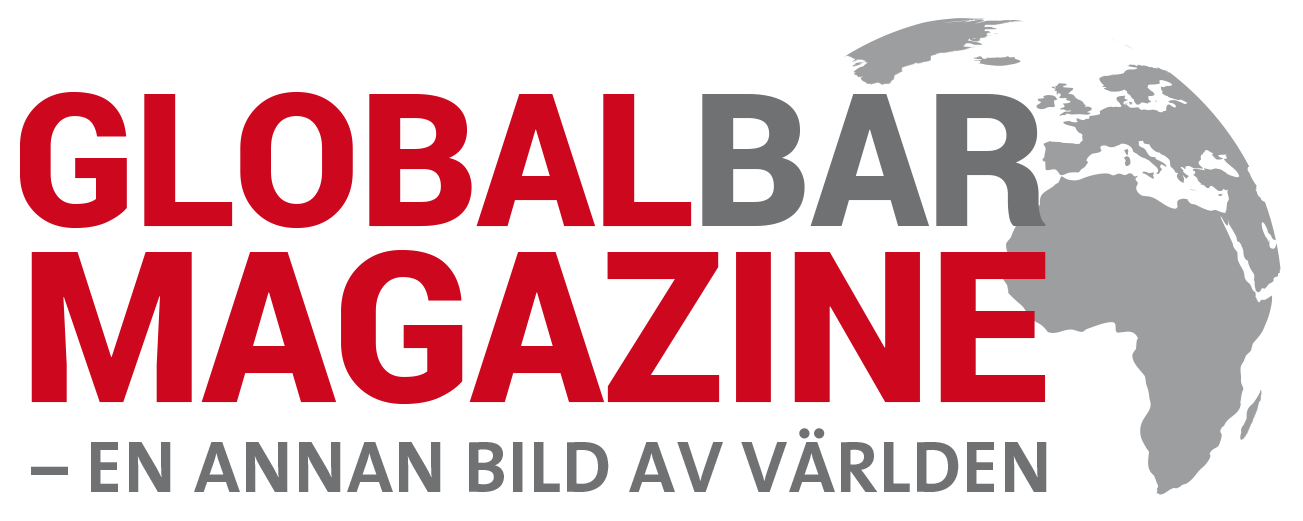An elephant uses its trunk for eating, drinking water, communicating, exploring the environment, social behaviour, and making and using tools. Now, this can be used to improve the ability of robots to grip and handle objects, according to a group of researchers.
Researcher Pauline Costes was part of a group of scientists who tested six female African savannah elephants in a zoo to see how much force their trunk tips exerted and which part of the trunk tip was strongest. Here she explains how these findings will be used to improve the ability of robots to grip and handle objects:
The elephant trunk, which contains six muscle groups, is not only very strong – it can uproot a tree – but can be used with great precision. Elephants use a number of techniques to grasp objects, including suction, pinching with the two “fingers” at the tip of the trunk and wrapping the trunk around the object.
In this research project, we studied the maximum pinching force exerted by the tip of the trunk of African savannah elephants. The elephant’s trunk is mainly composed of muscles, has no rigid structure (no bones), and has many nerves, giving it great power, precision and sensibility.
Previous studies have measured the force of the entire trunk when elephants wrap it around an object. We focused on how forceful the trunk tip is. The tip of an elephant’s trunk comprises two finger-like protuberances: a pointy one at the top and a more rounded and shorter one underneath. We also studied how the position of the trunk influenced the force exerted by the elephant.
Electronic engineers who design robots have tried to mimic the flexibility and way in which natural biological tissue can twist or turn when it performs different tasks. This is known as bio-inspired technology. For the past 20 years, the elephant’s trunk has inspired this research, especially in the robotics of grasping and manipulation.
Our research aimed to find out how strong the trunk tip’s pinching grasp is. This kind of grasping allows small objects to be picked up with high precision. This is particularly useful in soft robotics, which focuses on the design and manufacture of robots using flexible and deformable materials, inspired by biology.
What are the key findings?
We measured a maximum pinch force of 86.4 Newton. A newton, the international unit for measuring force, corresponds to the force that gives a mass of one kilogram an acceleration of one metre per second squared. By comparison, the maximum pinch force between the thumb and index finger in humans is between 49 and 68 Newton.
We found that the trunk tip is used to grasp objects with high precision but without great force. This is useful information for the future development of the soft grippers of robots. Some robots have to be able to grasp objects if they are to carry out routine activities. Soft grippers – the tool on the end of the robot’s arm – are the most important component of grasping.
Soft grippers based on the elephant’s trunk also adapt to cluttered and unpredictable environments by reconfiguring their shape. In other words, they adapt their elastic bodies to the objects they interact with.
More research means better grippers. Here are a few examples of how soft robots can be used:
- Medicine: Use of robots for minimally invasive surgical procedures.
- Industry: Handling fragile or irregularly shaped objects on production lines.
- Research and exploration: Development of robots capable of navigating in difficult or inaccessible environments.
- Agriculture: Harvesting delicate fruit and vegetables without damaging them.
We also found a difference in force between the elephant’s two “fingers”. This had never been studied before.
How did you discover this?
We created a device to measure the pinching force of an elephant’s trunk tip. This was a box fitted with two force sensors connected to an electronic system. The system recorded the force of the pinch and automatically released apples as a reward.
An apple was released when the elephant managed to pinch strongly enough to cross a predefined threshold. The trunk then had to pinch harder the next time to release the next apple. This was repeated until the elephants reached the maximum force they could manage.
By placing the sensors vertically and then horizontally on the box, we could see how the elephants would grip them in these different orientations. This showed us how the position of the trunk influences the force it exerts.
The equipment itself took us some time to set up and get the elephants ready for it through training. Tests were carried out with the sensors alone, then various prototypes of the box were tested until the final box was functional and fairly solid. After this initial test phase, conducted by several researchers of our team, I spent three months at the zoo to collect the data needed for this work.
How did your research benefit elephants?
The first direct benefit was keeping the captive elephants stimulated through enriching activities.
Our research also examined how the trunk grasping techniques differ between different groups of elephants living in several habitats and the relationship with the density and size of the vegetation. This new knowledge is beneficial for elephant conservation, helping scientists to figure out how climate change, which changes elephant habitats, will affect their feeding behaviour.
Pauline Costes
PhD Candidate at MECADEV (Centre National de la Recherche Scientifique/Muséum national d’Histoire naturelle), Sorbonne Université
The research was carried out in collaboration between France’s MECADEV and ISYEB research units at the Centre National de la Recherche Scientifique, the Muséum National d’Histoire Naturelle and ZooParc de Beauval.
This article is republished from The Conversation under a Creative Commons license. Read the original article.
Read also
|
Uppläsning av artikel
|


